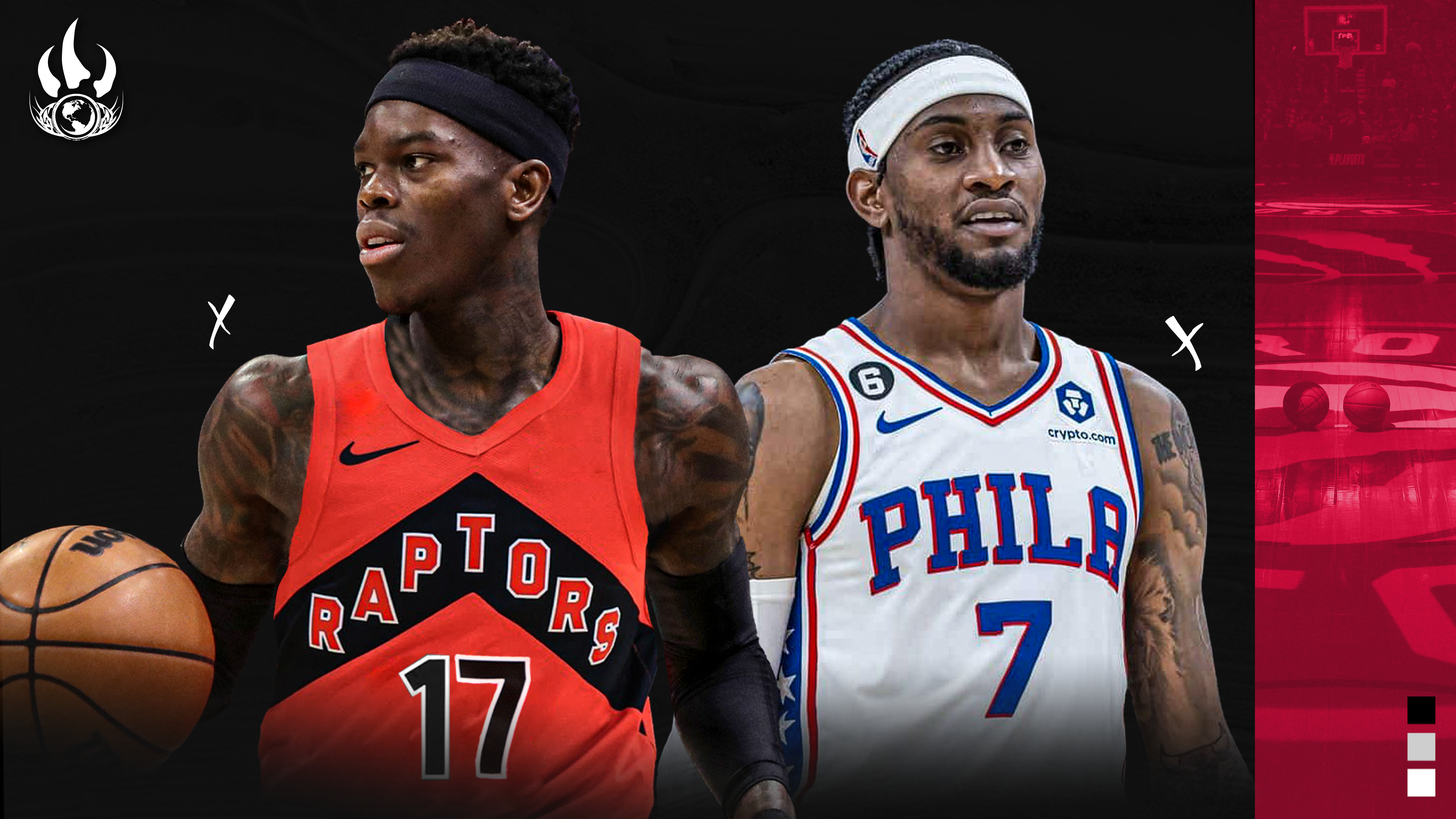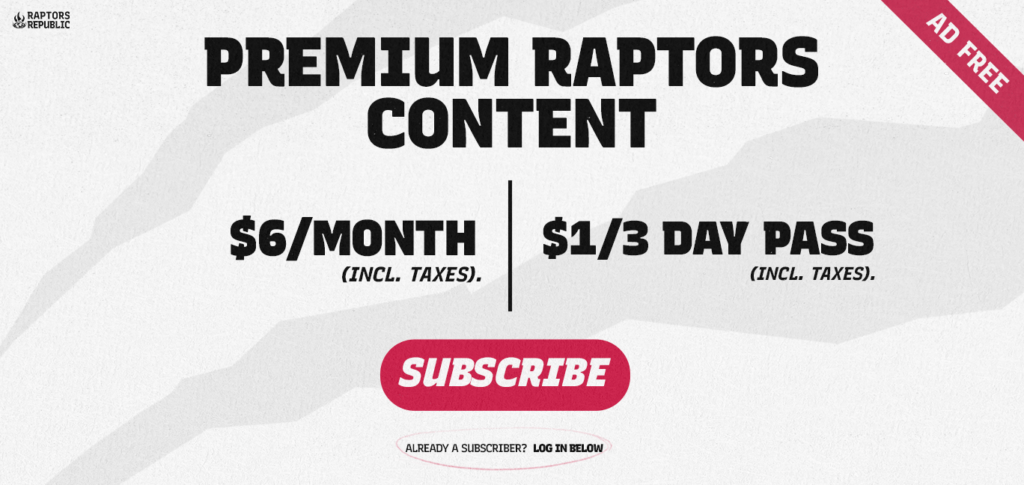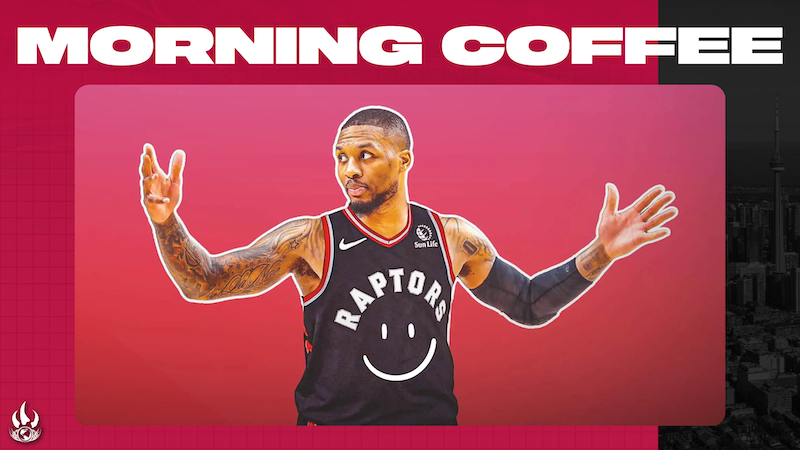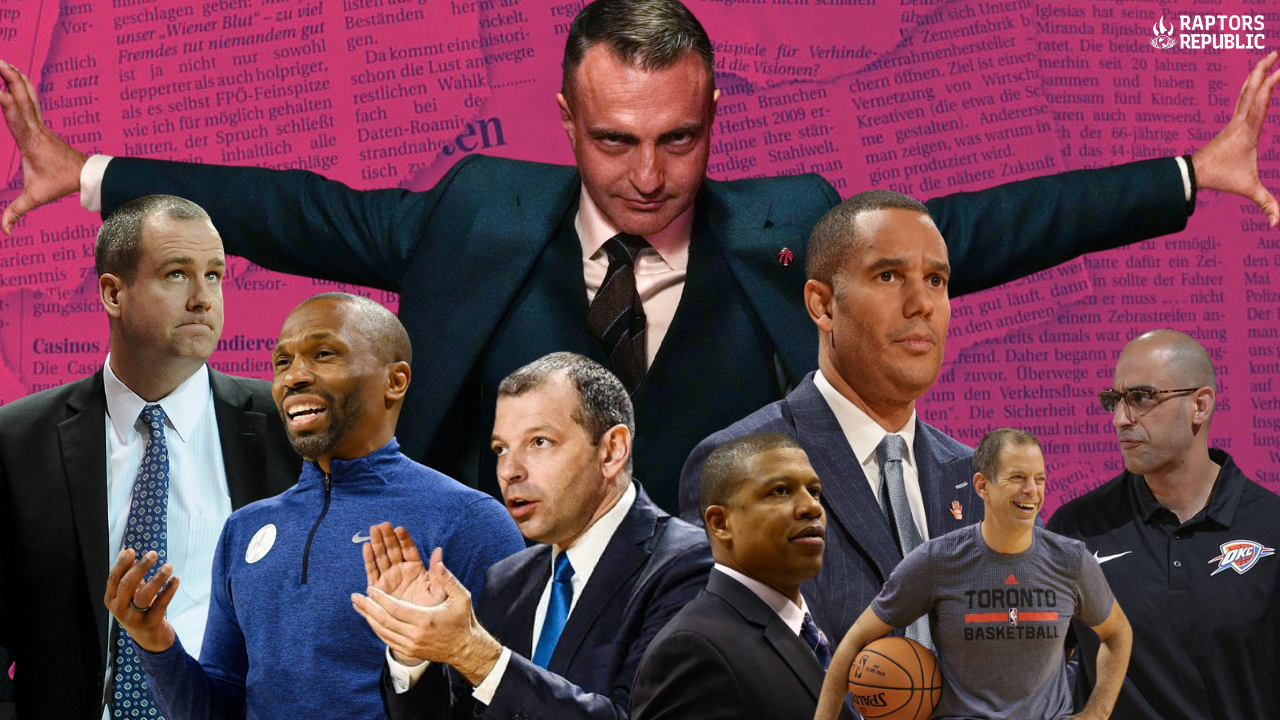It only took moments after Fred VanVleet earned a small country’s GDP from Houston for the Toronto Raptors to look elsewhere for a point guard. Dennis Schröder signed in Toronto on a two-year deal almost immediately after VanVleet took his talents to Texas. The next day, the Raptors doubled (octupled?) down on athletic, defensive wings and signed Jalen McDaniels. Both are productive, established NBA players.
But what will they bring the Raptors?
The Raptors can’t seem to find a player with all the skills the team needs a guard to possess. They lost an elite shooter (theoretically) and off-ball mover and very good creator in Fred VanVleet, but VanVleet in some ways wasn’t an idealized point guard because he couldn’t consistently pressure the rim. He attacked the rim plenty, with 957 drives in 2022-23, the 14th-most in the league, but he finished 18th among the top 20 in points per chance on those drives. And he passed out of the highest rate of those top 20, by far, with the second-lowest blowby rate, per Second Spectrum. VanVleet just didn’t move the defense when he put the ball on the floor.
Schröder was inconsistent there, too. He only shot slightly more efficiently than VanVleet out of drives -- 45.1 percent versus 44.5. It was a down year for him, after connecting on either 49 or 50 percent of shots out of drives for the previous three seasons in a row, per Second Spectrum. He’s good, and he’ll be an improvement on VanVleet in creating and finishing layups, but don’t expect the Raptors to have suddenly signed Kyrie Irving as a rim threatener.
Outside of one year in Oklahoma City, Schröder hasn’t ever recorded an efficient season around the rim or from the short mid-range. Cleaning the Glass has him hovering around the 40th percentile there for most of his seasons. VanVleet is closer to the 20th percentile most years (and even worse in the short mid-range), so this is still an improvement at the rim from the point-guard position.
But that’s about the only improvement you should expect from Schröder as compared to VanVleet. He’s not a shooter -- with just one high-volume, above-average-for-his-position season from deep in his career. On his career, he has an effective field goal percentage of 54.4 on catch-and-shoot triples and 41.7 on pull-ups. VanVleet is at 60.4 and 50.4 there respectively -- even in a down year last season, he outshot all but Schröder’s absolute best year on pull-ups. (That was 2014-15 for Schröder, when he attempted just 54 pull-up triples all year.)
As a result, VanVleet was a more efficient scorer than Schröder last season, all told. In terms of points per shot, VanVleet’s 1.10 edged out Schröder’s 1.09. Don’t expect elite efficiency all of a sudden from the point guard spot.
Efficiency isn’t everything, though; anyone who’s been truly watching VanVleet all these years should know that. Schröder does plenty well outside of putting the ball in the basket.
He was a comparably high-volume driver when compared to VanVleet, but he scored at an above-average rate, rather than very poor. He’s an extraordinarily creative finisher, with flips, hooks, runners, reverses, touch off the glass, and everything in between.
In many ways, Schröder is the same type of finisher as VanVleet: versatile, creative, flashy, and inconsistent as a result. Expect flashy highlights with plenty of space in between them. But because Schröder is taller and a better finisher, he shifts the defense more when he’s near the rim. He’s solid in the mid-range, which is a massive improvement on VanVleet, for whom that five-to-eight-foot range was a dead zone. Schröder’s drives -- even if he doesn’t shoot particularly better than VanVleet on them -- result in better team-wide points per possession.




